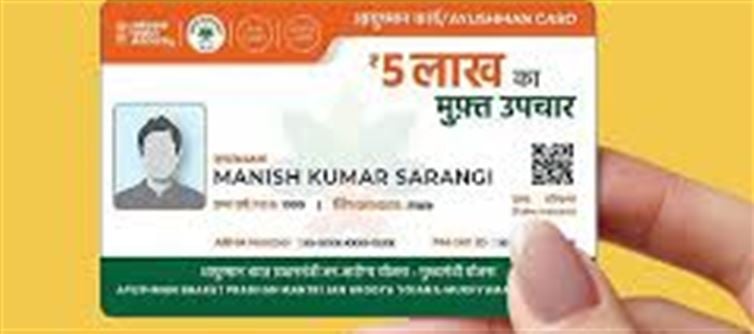
In a historic step for healthcare in India, Uttar Pradesh has become the first state to extend the Ayushman Bharat Pradhan Mantri Jan Arogya Yojana (PMJAY) benefits to Outpatient Department (OPD) treatments. This move is expected to drastically improve healthcare access for millions of people in the state, particularly for those who previously struggled to afford private consultations and treatments.
What is Ayushman Bharat?
Ayushman Bharat is the world’s largest government-funded health insurance scheme, launched in 2018 by the government of India. Under the scheme, eligible families are provided with health insurance coverage of up to ₹5 lakh per year for secondary and tertiary hospitalization. Initially, the scheme was limited to inpatient hospital services, which means beneficiaries could avail of cashless treatments in empanelled hospitals.
Expansion to OPD Services
The significant change now is the inclusion of OPD treatments under the Ayushman Bharat scheme in Uttar Pradesh. This expansion allows Ayushman cardholders to avail themselves of various outpatient services, including consultations, diagnostics, medicines, and minor treatments, at private hospitals at a discounted rate or free of charge, depending on the treatment.
For the first time, patients will be able to use their Ayushman Bharat cards for routine doctor visits, diagnostic tests, and small medical procedures, which were previously not covered under the scheme.
How Will This Work?
1. Discounts at Private Hospitals: Private healthcare providers in Uttar Pradesh will offer discounted rates on consultations and treatments to Ayushman Bharat cardholders.
2. Cashless OPD Treatments: Similar to the inpatient services, patients will be able to avail themselves of cashless treatment at the hospitals that are empanelled under the Ayushman Bharat scheme.
3. Eligibility and Coverage: The scheme is available for families enrolled in the Ayushman Bharat Yojana, which includes economically weaker sections and families identified through a survey by the government.
4. Types of OPD services Covered: OPD services include regular check-ups, lab tests, diagnostic imaging, and consultations for non-emergency conditions that don’t require overnight hospitalization.
Why is This a Big Deal?
1. Affordable Healthcare for All: Many families in rural and underserved areas have traditionally been unable to afford private consultations and regular medical treatments. This move will drastically reduce out-of-pocket expenditure, making healthcare more affordable and accessible.
2. Relief for Non-Hospitalized Patients: Previously, Ayushman Bharat was limited to in-patient services, leaving people without coverage for minor ailments and regular check-ups. This extension provides a comprehensive healthcare solution, even for conditions that don’t require hospitalization.
3. Boost for Private Healthcare Sector: By involving private hospitals, this scheme also boosts the private healthcare sector in Uttar Pradesh. It increases footfall for these hospitals and ensures they remain accessible to people who otherwise might not have been able to afford their services.
4. Promoting Preventive Healthcare: By making regular doctor visits affordable, this initiative promotes preventive care and early diagnosis, potentially leading to better health outcomes in the long term.
Future Implications
If successful, this model could be expanded to other states, bringing affordable healthcare to even more people across India. Moreover, the integration of OPD services into Ayushman Bharat aligns with the indian government's broader goal of making healthcare more inclusive and accessible to all.
Conclusion
Uttar Pradesh's decision to extend Ayushman Bharat coverage to OPD services marks a significant milestone in the evolution of India's healthcare system. By making private healthcare more accessible and affordable, this initiative will help ensure that more people can seek timely treatment, thereby improving health outcomes. It’s a major step toward the universalization of healthcare and ensuring that financial barriers no longer stand in the way of accessing medical attention.
Disclaimer:
The views and opinions expressed in this article are those of the author and do not necessarily reflect the official policy or position of any agency, organization, employer, or company. All information provided is for general informational purposes only. While every effort has been made to ensure accuracy, we make no representations or warranties of any kind, express or implied, about the completeness, reliability, or suitability of the information contained herein. Readers are advised to verify facts and seek professional advice where necessary. Any reliance placed on such information is strictly at the reader’s own risk.
.jpg)




 click and follow Indiaherald WhatsApp channel
click and follow Indiaherald WhatsApp channel